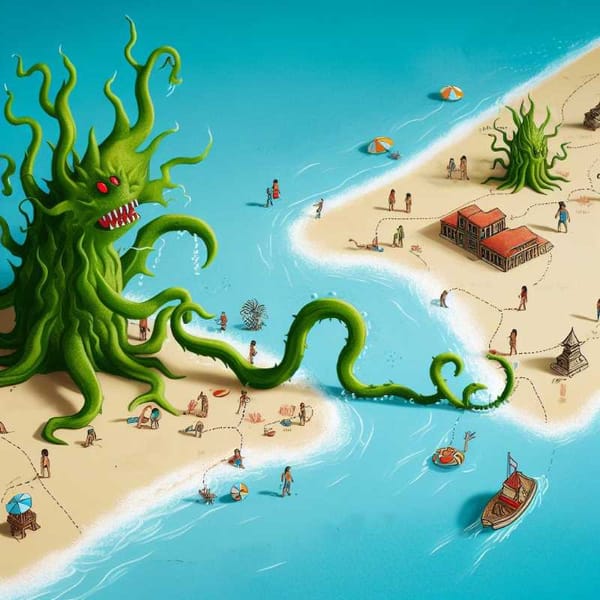How Satellites are Improving Volcano Monitoring
MOUNTS monitors volcanoes from space using free satellite data. It tracks ground deformation, thermal changes and gas emissions to predict eruptions. This helps volcanologists understand volcanic behavior and improve eruption forecasts.

Monitoring Unrest from Space (MOUNTS), a web platform that allows you to view data from the most active volcanoes in the world in real time and monitor their evolution, was developed by the researcher at the Institute of Geophysics (IGEF) of UNAM, Sébastien Valade.
This tool, which uses several artificial intelligence algorithms to improve monitoring, can be consulted at http://www.mounts-project.com/home; processes the free data offered by the Sentinel satellites of the European Space Agency; and makes it possible to look at the long-term changes that 83 present at the same time.
MOUNTS has the great advantage of organizing and analyzing the data, so if they are uniform, we can begin to make relationships, compare the prototypes of how they act to obtain models that help us predict volcanic activity. The volcanologist's job is to interpret based on what we know about them, but to automate and draw out behavioral patterns, long-term multiparametric monitoring on multiple behemoths is important, Valade explained.
Usually, he explained, monitoring depends on the monitoring network that each country manages in its own territory.
Typically, at least one seismic station is installed and people are needed to go to the field, place the sensor, keep it working, despite difficult weather conditions and the risks of material theft. For this reason, despite the importance of having ground-based volcano monitoring stations, it is very difficult and expensive to maintain them, and this is why satellite monitoring platforms, such as MOUNTS, may be too useful to support volcano monitoring in the world.
“When the MOUNTS project was born, a family of new Earth observation satellites called Sentinel was being developed, which has a wide variety of sensors on board, allowing several key parameters to be monitored with high resolution. Furthermore, all the data is free, so that was a revolution to observe these phenomena,” said the volcanologist.
From these satellites, the researcher uses data from Sentinel 1, with which ground deformation is measured; Sentinel 2, which has sensors that work in the visible and infrared bands of the electromagnetic spectrum to take photographs and measure thermal radiation; and the Sentinel 5P, which works in ultraviolet bands to measure gases, especially sulfur dioxide (SO2), which in volcanoes is the most relevant for monitoring activity.
In the case of Mexico, the French-born researcher pointed out, MOUNTS monitors the Colima volcano and Popocatépetl. Of the latter, with the platform it was possible to clearly see that since August 2022 there was a progressive increase in the amount of gas emitted, which rose until reaching May 21, 2023, when the highest eruptive activity was recorded since several years, with significant ash emission.
In addition, with Sentinel 1 it was seen how the crater was filled and after May 21, 2023, how its depth had changed. This type of information is important to anticipate the consequences of future eruptive episodes.
Valade commented: although the page is useful for people who work with volcanoes, because they understand the different parameters monitored and because they can see their images in real time, strategies are reviewed to improve navigation for all types of audiences.
Additionally, in the near future, the specialist hopes to use the data generated by the Sentinel 3 satellite, as it would allow obtaining information on the ash emitted.
There are numerous lines to improve. If we manage to use more sensors we will be able to measure other parameters, such as ash, which is a first direction. On the other hand, by analyzing all this data on the monitored volcanoes, we will be able to obtain patterns to improve our understanding and ability to predict their behaviors, he concluded.




